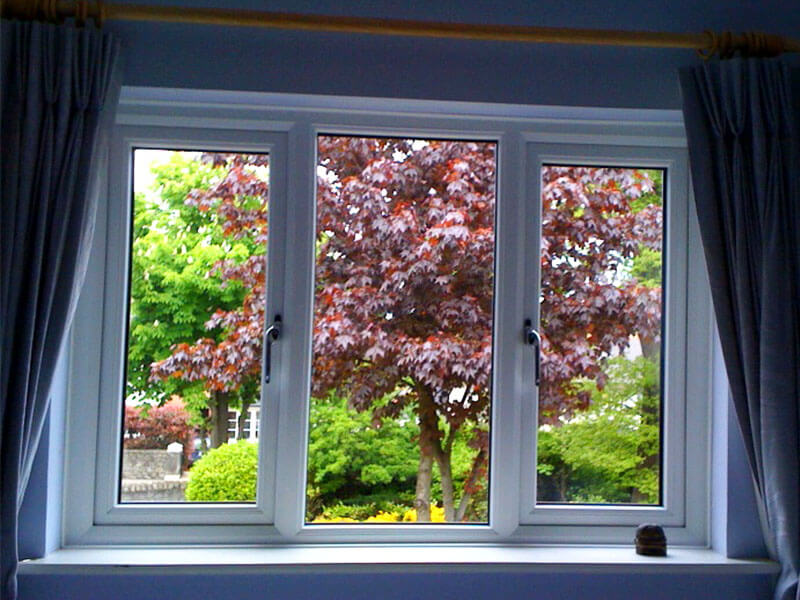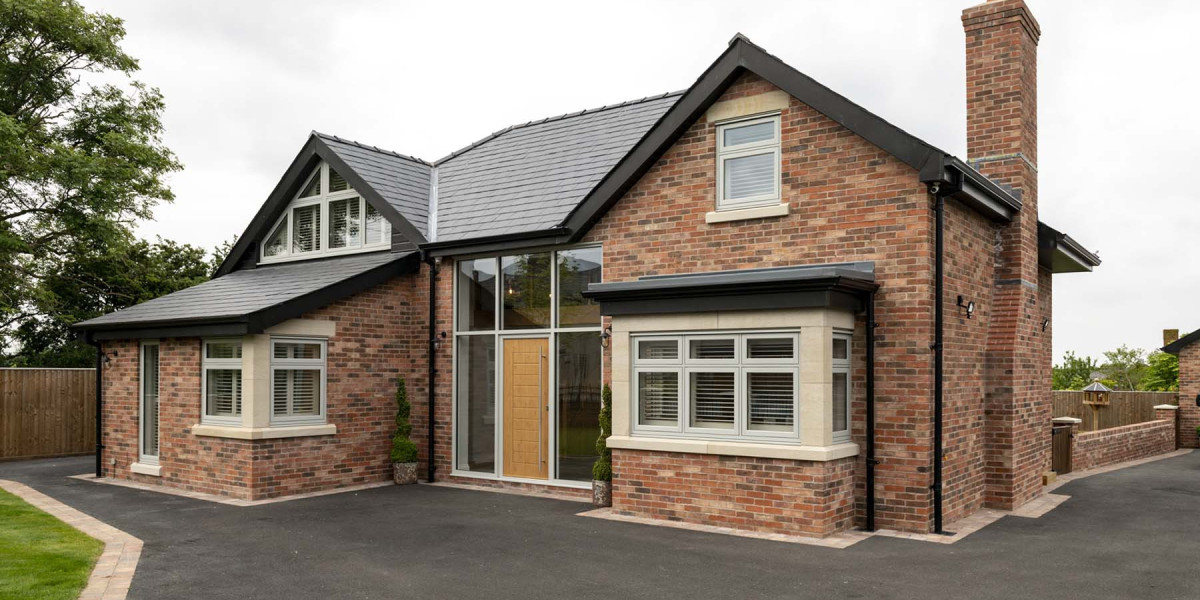Glass partitions have emerged as a popular architectural solution in contemporary interior design, offering a blend of aesthetics, functionality, and versatility. These partitions are increasingly being utilized in various settings, including offices, retail spaces, and residential environments. This report delves into the various aspects of glass partitions, including their types, benefits, applications, and considerations for installation.

Types of Glass Partitions
- Framed Glass Partitions: These consist of glass panels that are supported by a frame, typically made of aluminum or steel. The frame provides structural support and can be designed to match the overall aesthetic of the space. Framed glass partitions are often used in office environments to create private offices or meeting rooms.
- Frameless Glass Partitions: As the name suggests, these partitions do not have a visible frame, providing a seamless and modern appearance. They are typically secured with specialized hardware and are ideal for creating open, airy spaces. Frameless glass partitions are commonly used in high-end residential projects and upscale commercial settings.
- Sliding Glass Partitions: These partitions allow for flexible space management. They can be opened or closed as needed, making them perfect for multifunctional spaces. Sliding glass partitions are often used in restaurants, conference rooms, and homes where space optimization is crucial.
- Frosted and Textured Glass Partitions: These types of glass have a frosted or textured finish, which provides privacy while still allowing light to pass through. They are often used in areas where visual privacy is important, such as bathrooms or offices that require confidentiality.
Benefits of Glass Partitions
- Natural Light: One of the most significant advantages of glass partitions is their ability to allow natural light to penetrate the space. This creates a bright and inviting atmosphere, which can enhance mood and productivity, particularly in office environments.
- Space Optimization: Glass partitions can help to define spaces without making them feel cramped. They create a sense of openness while still providing functional divisions. This is particularly beneficial in urban environments where space is at a premium.
- Aesthetic Appeal: Glass partitions offer a sleek and modern look that can elevate the overall design of a space. They can be customized to fit various styles, from minimalist to industrial, making them a versatile choice for any interior.
- Acoustic Properties: While glass is not inherently soundproof, specialized acoustic glass options can be used to enhance sound insulation. This is particularly useful in office settings where noise reduction is essential for maintaining productivity.
- Easy Maintenance: Glass partitions are relatively easy to clean and maintain. Regular cleaning with appropriate glass cleaners can keep them looking pristine, and they do not harbor dust or allergens like traditional wall materials.
- Flexibility: Many glass partitions can be reconfigured or moved, allowing for easy adaptation to changing needs. This flexibility is particularly valuable in dynamic environments like co-working spaces or evolving retail settings.
Applications of Glass Partitions
- Office Spaces: Glass partitions are widely used in modern office designs to create private offices, conference rooms, and collaborative spaces. They help maintain an open-plan feel while providing necessary privacy for focused work.
- Retail Environments: In retail, glass partitions can be used to create distinct areas within a store, such as fitting rooms or product displays, without obstructing visibility. This enhances customer experience Doors By Ideal Glass allowing for an open layout while still providing functional divisions.
- Hospitality: Hotels and restaurants utilize glass partitions to create intimate dining areas or private lounges while maintaining an airy atmosphere. They can also be used in lobbies to separate check-in areas from waiting spaces.
- Healthcare Facilities: In healthcare settings, glass partitions can enhance patient privacy while allowing for visibility and supervision by medical staff. They are often used in waiting areas, consultation rooms, and examination rooms.
- Residential Spaces: Homeowners are increasingly opting for glass partitions to create open-concept living spaces while still defining areas for different functions, such as separating living rooms from dining areas or creating home offices.
Considerations for Installation
While glass partitions offer numerous benefits, there are several considerations to keep in mind during the installation process:
- Building Codes and Regulations: Before installation, it is crucial to check local building codes and regulations. Some areas may have specific requirements for glass partition installations, particularly in commercial settings.
- Safety and Security: Safety is a paramount concern when installing glass partitions. It is essential to use tempered or laminated glass, which is less likely to shatter and poses a lower risk of injury. Additionally, consider the security of the space and whether the glass partitions provide adequate protection against unauthorized access.
- Cost Considerations: While glass partitions can be a cost-effective solution in the long run, the initial investment may be higher than traditional wall materials. Budgeting for installation, maintenance, and potential modifications is essential.
- Professional Installation: To ensure safety and compliance with regulations, it is advisable to hire professional installers who specialize in glass partitions. They will have the expertise to handle the complexities of the installation process.
- Design Integration: When planning glass partitions, consider how they will integrate with existing design elements. This includes color schemes, furniture, and lighting to create a cohesive look throughout the space.
Conclusion
Glass partitions are a versatile and aesthetically pleasing solution for modern interior design. Their ability to enhance natural light, optimize space, and provide flexibility makes them an attractive option for a variety of applications, from office environments to residential spaces. By understanding the types, benefits, and considerations associated with glass partitions, designers and architects can create functional and visually appealing spaces that meet the needs of their clients. As the demand for open and collaborative environments continues to grow, glass partitions will likely remain a key feature in contemporary design.








